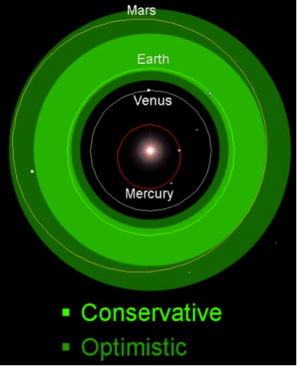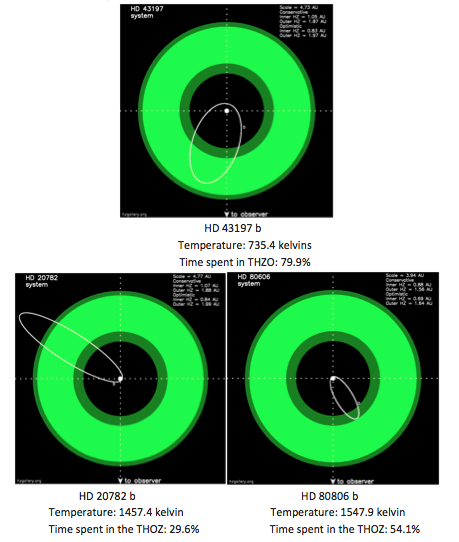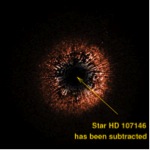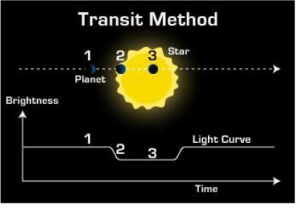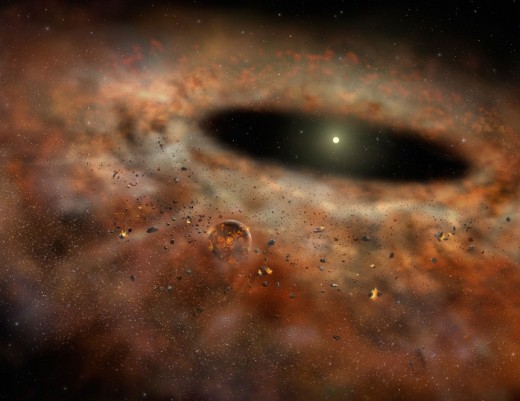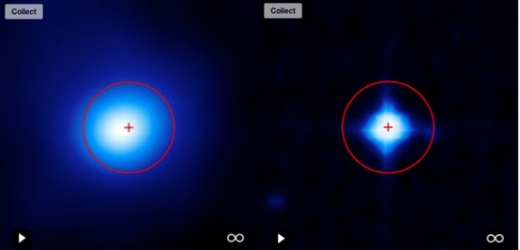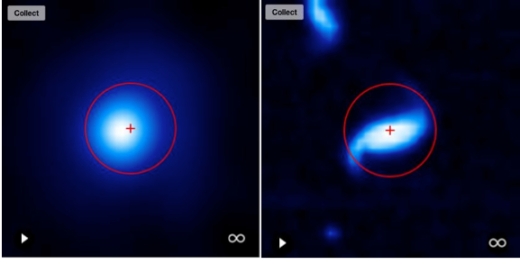by Medetkan Mamyrov
Have you ever wondered how scientists discover exoplanets around distant stars and determine their size, atmosphere, and other information? Well, Exoplanet Explorers project on Zooniverse website is the perfect place to understand how the discovery of exoplanets is done. Zooniverse is a platform that has many projects, completed and in progress, ranging many fields, from history to sciences— Exoplanet Explorers is one of them. I will explain what the project is about, the goal of the developers, and how it works.
Essentially, Exoplanet Explorers is a project that uses K2, Kepler’s second mission, data and analyzes it through two light detection methods to discover exoplanets, specifically transition planets. It tracks the brightness of the stars to detect if an exoplanet has passed between the host star and the K2 spacecraft from which a scatter plot is created for further analysis and detection.
The goal of the researchers and developers is to discover and understand the patterns of exoplanet occurrences, especially in different stellar environments. For example, they are trying to discover whether small planets like Mars are more common near the sun, or are small planets more common than larger planets like Jupiter. Also, they want to understand whether “short-period planets are more common than those on long orbits” (“Exoplanet Explorers”).
Now, I bet you want to understand how the platform works. As aforementioned, it uses two light detection methods, “transit method” and “radial velocity method.” The “transit method” is used for detecting the exoplanets as it analyzes the brightness of host stars by looking at the “folded light curve,” or one dip at phase 0.0 (“Exoplanet Explorers”). The dip indicates that some of the light that is emitted by the star is blocked by a transit exoplanet. This method is also used to determine the “mass, size, radius, density, atmospheric composition, and orbital alignment of exoplanets” (“Exoplanet Explorers”).
The other method, “radial velocity method,” is what scientists used to confirm the existence of many exoplanets out of the first 4000 discovered from the K2 data. This method observes how exoplanets make their stars “wobble,” which is indicated by the “spectrum of the star’s light” (“Exoplanet Explorers”).
If you chose to contribute to the research of this project, you will have to do few simple things. Look at the two graphs on the left, the ones that need to be classified and analyzed, and compare them to a sample graph that is a certain transition planet. From the two graphs on the left: one of the graphs is an unedited graph of the data gathered, the other graph is computer model prediction which makes it easier to see the dips or the “folded light curves, which indicate that there is an exoplanet present” (“Exoplanet Explorers”). After analyzing the graphs, make a choice whether there is a “folded light curve” or not, this can be done by clicking “yes” or “no” buttons.
Overall, the “Exoplanet Explorers” project is a very interesting and simple project that you could contribute to and help researchers better understand stellar environments and more importantly the universe that is full of mysteries. Be a Citizen Scientist!
Source:
“Exoplanet Explorers.” Zooniverse. Web. 12 July 2017. <https://www.zooniverse.org/projects/ianc2/exoplanet-explorers/about/research>.
